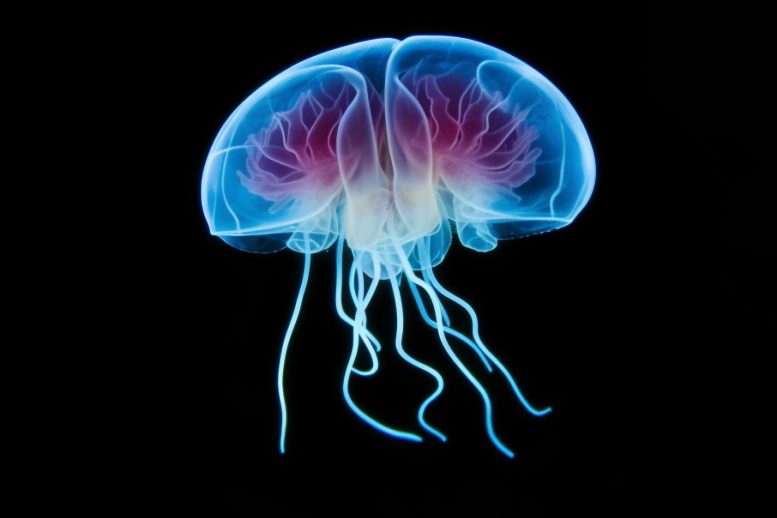
Jellyfish, despite lacking centralized brains, exhibit advanced learning abilities similar to humans and other complex organisms, challenging traditional beliefs about neural learning processes.
Jellyfish Learning Abilities: Challenging Neuroscientific Notions
Even without a central brain, jellyfish can learn from past experiences like humans, mice, and flies, scientists report for the first time on September 22 in the journal Current Biology. They trained Caribbean box jellyfish (Tripedalia cystophora) to learn to spot and dodge obstacles. The study challenges previous notions that advanced learning requires a centralized brain and sheds light on the evolutionary roots of learning and memory.
Complex Vision in a Simple Creature
No bigger than a fingernail, these seemingly simple jellies have a complex visual system with 24 eyes embedded in their bell-like body. Living in mangrove swamps, the animal uses its vision to steer through murky waters and swerve around underwater tree roots to snare prey. Scientists demonstrated that the jellies could acquire the ability to avoid obstacles through associative learning, a process through which organisms form mental connections between sensory stimulations and behaviors.
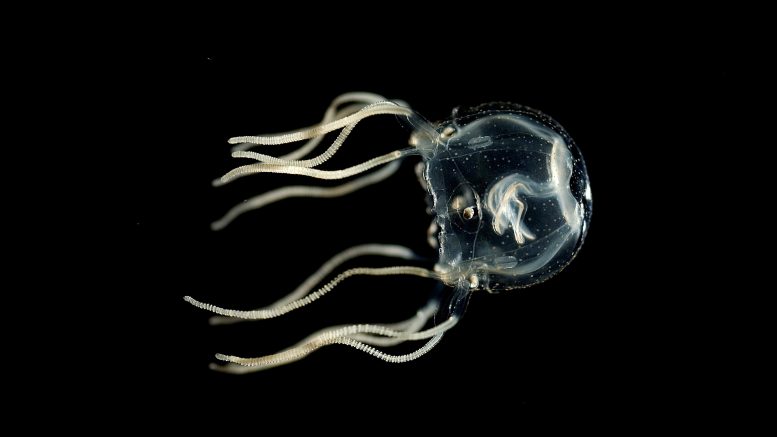
A Caribbean box jellyfish. Credit: Jan Bielecki
“Learning is the pinnacle performance for nervous systems,” says first author Jan Bielecki of Kiel University, Germany. To successfully teach jellyfish a new trick, he says “it’s best to leverage its natural behaviors, something that makes sense to the animal, so it reaches its full potential.”
Simulated Learning Environment
In an effort to recreate the jellyfish’s natural environment, researchers adorned a circular tank with gray and white stripes, with the gray stripes imitating distant mangrove roots. They observed the jellyfish in the tank for 7.5 minutes. Initially, the jelly swam close to these seemingly far stripes and bumped into them frequently. But by the end of the experiment, the jelly increased its average distance to the wall by about 50%, quadrupled the number of successful pivots to avoid collision, and cut its contact with the wall by half. The findings suggest that jellyfish can learn from experience through visual and mechanical stimuli.
Caribbean box jellyfish lives and feeds among underwater mangrove roots. Credit: Anders Gram
“If you want to understand complex structures, it’s always good to start as simple as you can,” says senior author Anders Garm of the University of Copenhagen, Denmark. “Looking at these relatively simple nervous systems in jellyfish, we have a much higher chance of understanding all the details and how it comes together to perform behaviors.”
Deciphering the Learning Center
The scientists then sought to identify the underlying process of jellyfish’s associative learning by isolating the animal’s visual sensory centers called rhopalia. Each of these structures houses six eyes and generates pacemaker signals that govern the jellyfish’s pulsing motion, which spikes in frequency when the animal swerves from obstacles.
The researchers showed the stationary rhopalium moving gray bars to mimic the animal’s approach to objects. The structure did not respond to light gray bars, interpreting them as distant. However, after the researchers trained the rhopalium with weak electric stimulation when the bars approach, it started generating obstacle-dodging signals in response to the light gray bars. These electric stimulations mimicked the mechanical stimuli of a collision. The findings further showed that combining visual and mechanical stimuli is required for associative learning in jellyfish and that the rhopalium serves as a learning center.
Future Directions
Next, the research team plans to dive deeper into the cellular interactions of jellyfish nervous systems to tease apart memory formation. They also plan to further understand how the mechanical sensor in the bell works to paint a complete picture of the animal’s associative learning.
“It’s surprising how fast these animals learn; it’s about the same pace as advanced animals are doing,” says Garm. “Even the simplest nervous system seems to be able to do advanced learning, and this might turn out to be an extremely fundamental cellular mechanism invented at the dawn of the evolution nervous system.”
For more on this study, see The Surprising Intellect of Jellyfish Changes Our Fundamental Understanding of the Brain.
Reference: “Associative learning in the box jellyfish Tripedalia Cystophora” by Jan Bielecki, Sofie Katrine Dam Nielsen, Gösta Nachman and Anders Garm, 22 September 2023, Current Biology.
DOI: 10.1016/j.cub.2023.08.056
This work was supported by the Deutsche Forschungsgemeinschaft (DFG, German Research Foundation), the Danish Research Council (DFF), and the Villum Foundation.

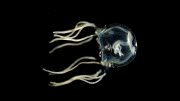
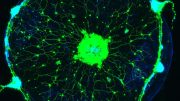
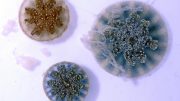
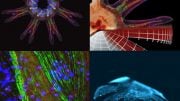
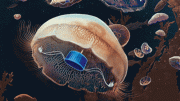
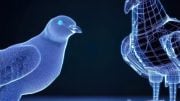
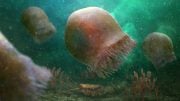
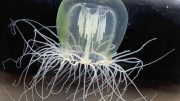
Heredity and instinct act as a control to all biological forms of life a human brain takes this phenomenon a step forward to add imaging and collective reasoning to conclude a proper response with one or two different desires positive outcome or negative, mostly initiates from past responses of time learned success or failure, good or bad feelings, smells, rough or smooth, hot /cold ect. all chemically imprinted in our brains. The jelly fish is showing a evolutionary step of change. a complex system of marking chemical input and collecting information. Witch way do I go what do I eat, as does most basic life down to even viruses or maybe cells. Through the physics of all sciences we are learning atoms or parts of atoms create processes no evolution at the quantum.